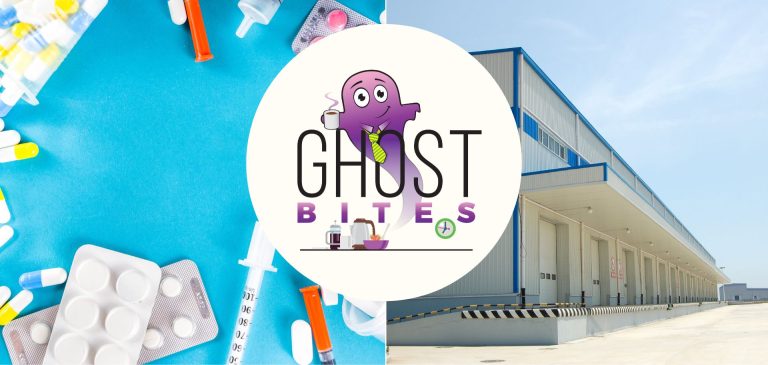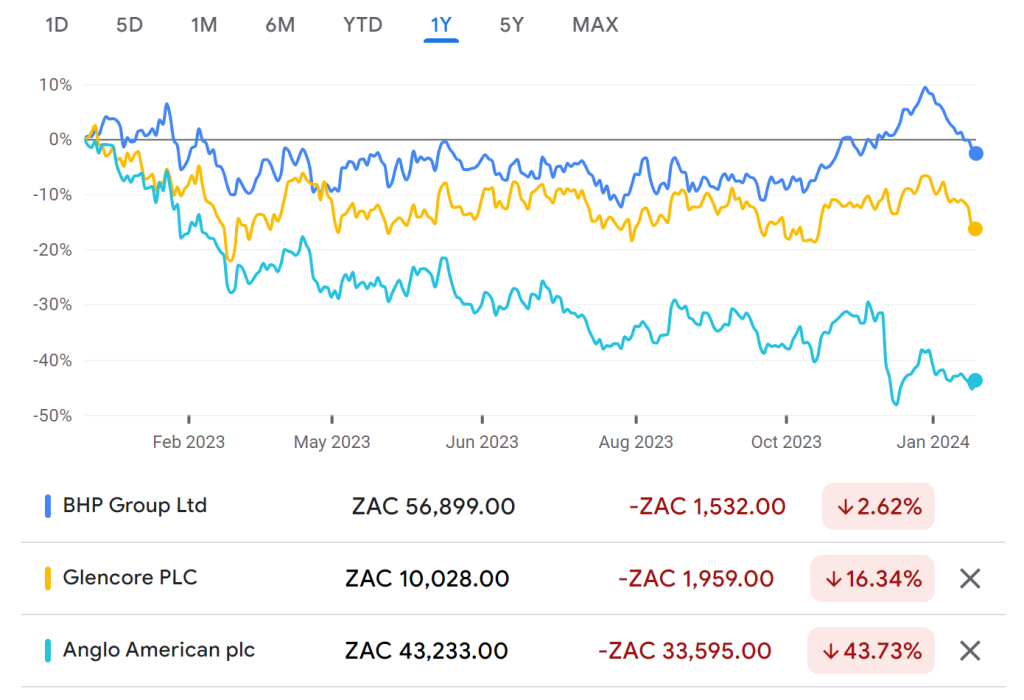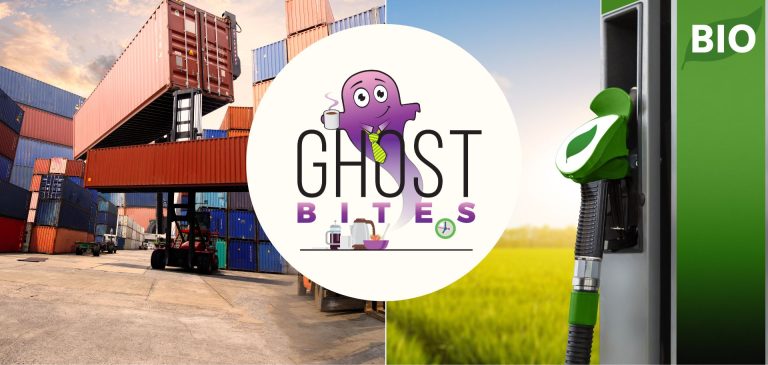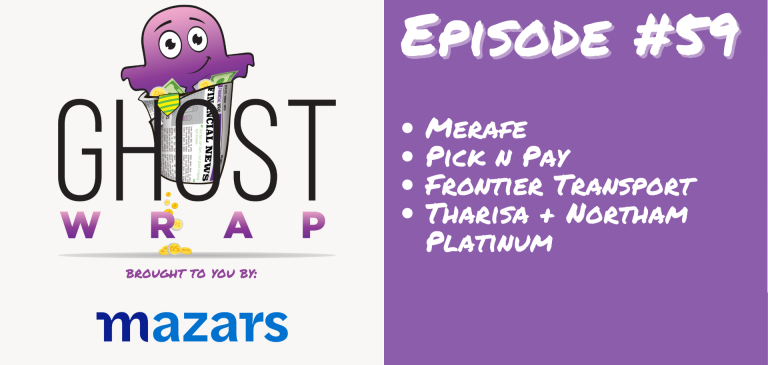Get the latest recap of JSE news in the Ghost Wrap podcast, brought to you by Mazars:
Dis-Chem buys the Midrand DC from directors (JSE: DCP)
This is part of the ongoing efforts to clean up related party arrangements
When entering the listed space, Dis-Chem carried certain elements of typical family businesses with it. One such element is that several properties were owned by the founding directors rather than the company, with leases in place to govern that relationship. This isn’t an ideal situation, especially for core properties.
Having been under pressure to sort this out, there have been a few transactions over the years to bring core properties into the group. The latest such example should also be the last one. In a deal to buy the Midrand distribution centre and head office for R478.6 million, Dis-Chem will now own all core distribution centres and its head office.
There are various directors who have a financial interest in this deal i.e. not just the Saltzman family. This makes it a related party transaction. As it is only a small related party transaction (because Dis-Chem has a large market cap), the deal can go ahead provided an independent expert opines that the transaction is fair. BDO Corporate Finance has done just that.
Harmony has released excellent numbers (JSE: HAR)
Production was strong and costs came in well below guidance
The gold sector is on a charge at the moment, with Harmony Gold up more than 80% over the past 12 months. When things go well for mining houses, they go extremely well. The converse sadly applies as well.
For now at least, Harmony is having its day in the sun. Gold production for the six months to 31 December 2023 was between 820,000 and 835,000 ounces, an increase of between 12% and 14% year-on-year. Thanks to the economies of scale that come with this kind of performance, all-in sustaining costs (AISC) for the first half of the year will be between R830,000/kg and R855,000/kg, which is way below the previous guidance of R975,000/kg.
This excellent performance was driven by good news in both the South African and Papua New Guinea operations.
The management team is taking a cautious approach here, with full-year guidance unchanged at the upper end of 1,380,000 to 1,480,000 ounces. The all-in sustaining cost guidance is still R975,00/kg. Although this certainly looks conservative, it’s also true that a lot can change in mining – and quickly.
Mr Price gets the market even more excited about clothing (JSE: MRP)
Coming out the day after the TFG announcement, the rally in the sector continued
Mr Price has released a trading update for the 13 weeks ended 30 December. Retail sales grew by 9.9% and that was enough to get the market excited, even though the base period was really rough for Mr Price as they had been woefully underprepared for load shedding.
Comparable store sales were up 4.1% in this period. This means that new stores made a big difference to the total growth rate as well. Of course, recent acquisitions are part of that story. Things improved dramatically in December (comparable store sales growth of 8%), as October and November combined only saw comparable growth of 0.8%.
Group selling price inflation was 4.9%. Although unit sales increased 5.0%, my interpretation is that this includes new stores and acquisitions. With comparable store sales only up 4.1%, it sounds like comparable volumes are 0.8% lower. Happy to be corrected on this if I’ve gotten it wrong.
The apparel segment did the heavy lifting, with sales growth of 11.7%. Mr Price gained market share for five consecutive months in apparel, with Mr Price Kids as a real highlight. Home could only manage 0.9%, with Yuppiechef as the highlight with double digit sales growth. Telecoms was up 9% but is a really small part of the group.
Interestingly, online sales growth was very limited. Online sales only grew 2.9%, contributing 1.8% to retail sales.
The market would’ve liked the comment about how sales were achieved at a higher gross margin than last year. TFG also teased a good gross margin story in its update. Closing inventory was 1.9% lower than the corresponding period, so efficiencies in that space are clear to see.
In terms of the recent acquisitions, Power Fashion is performing ahead of the market with double-digit growth, achieving its highest market share on record in December. Studio 88 managed growth of high single digits against a strong base.
Looking ahead, shareholders will want to take note that the group’s shipping rates are contracted until June. If rates are still elevated by that stage due to Red Sea (or other) issues, then there will be an impact on supply chain costs.
PPC is cash positive after the disposal of Cimerwa (JSE: PPC)
The proceeds from this disposal have been banked
It’s incredible to think about how far PPC has come from a balance sheet perspective. After a great deal of effort, the company was put on a sustainable footing – something that is highly necessary when competing in a market as tough as cement in Southern Africa. We are light on infrastructure investment and heavy on cement imports.
It may therefore come as a surprise that PPC is focusing on the markets closer to home, choosing to exit the business in Rwanda. The sale proceeds of $42.5 million have now been banked, with PPC Group now in a cash positive position.
It’s interesting to note that the COMESA Competition Commission approval is not a condition precedent for the disposal. That approval is expected to be received within 120 days. I’m no expert in that space at all, but I suspect that things get a bit awkward rather quickly if the approval isn’t obtained as expected.
PPC is now fully focused on the Southern Africa market.
Sasol continues to be dragged down by chemicals (JSE: SOL)
The share price has halved over the past 12 months
Sasol shareholders are starting to look like they went a few rounds with Dricus. When a price halves over a year, it’s ugly. The Sasol share price detached from the oil price a while ago, which suggests that the chemicals side of the business is causing the pain.
Indeed, in the overview section of the latest quarterly update, Sasol notes that the first half of the financial year has been hit by an average sales basket price for chemicals that is 24% lower year-on-year. This is a result of customer destocking and lower energy prices. Although pricing was slightly better in Q2 than in Q1 of the current financial year, the reality is that profitability is under pressure.
On the energy side, production performance has improved year-on-year but the rand oil price has negatively impacted the business, as have inflationary pressures on costs.
The outlook isn’t much better, with global petrochemical markets remaining uncertain. South African customers are facing the challenges of Eskom and Transnet, so that isn’t doing Sasol any favours either.
The previous guidance for FY24 production and sales volumes has been affirmed for all segments except for one of the fuel operations.
Little Bites:
- Director dealings:
- The CFO of Afrimat (JSE: AFT) has sold shares worth R1.24 million.
- Praesidium SA, the fund linked to a director of Huge Group (JSE: HUG), has bought shares worth R34.4k.
- Astoria Investments (JSE: ARA) has renewed its cautionary announcement related to a potential acquisition.
- Conduit Capital (JSE: CND) is still in the process of disposing of CRIH and CLL. The approval from the Prudential Authority is taking longer than expected to come through. There have been several extensions to the date required for the fulfilment of conditions. There is now yet another extension, this time to 29 February 2024.















